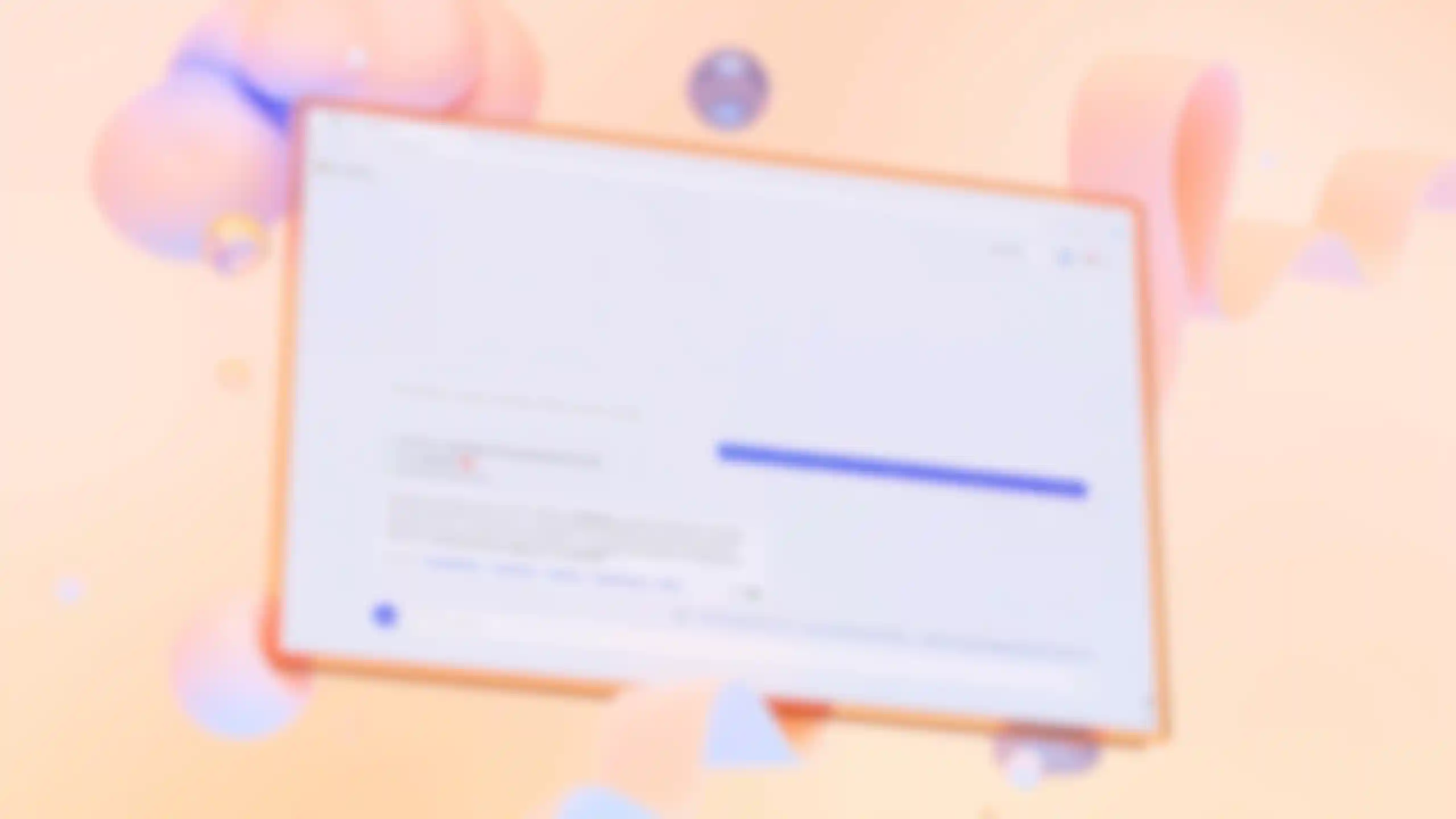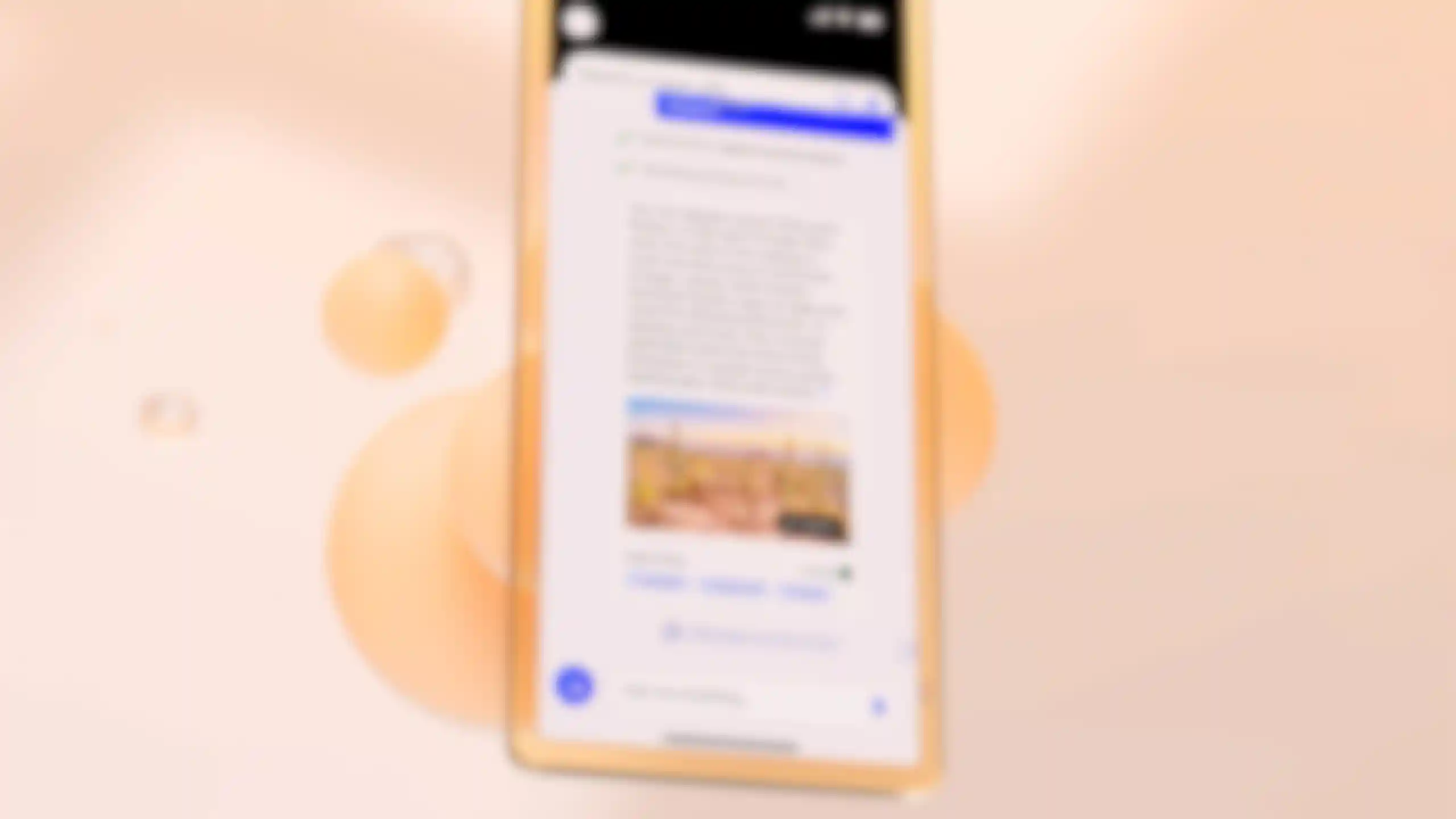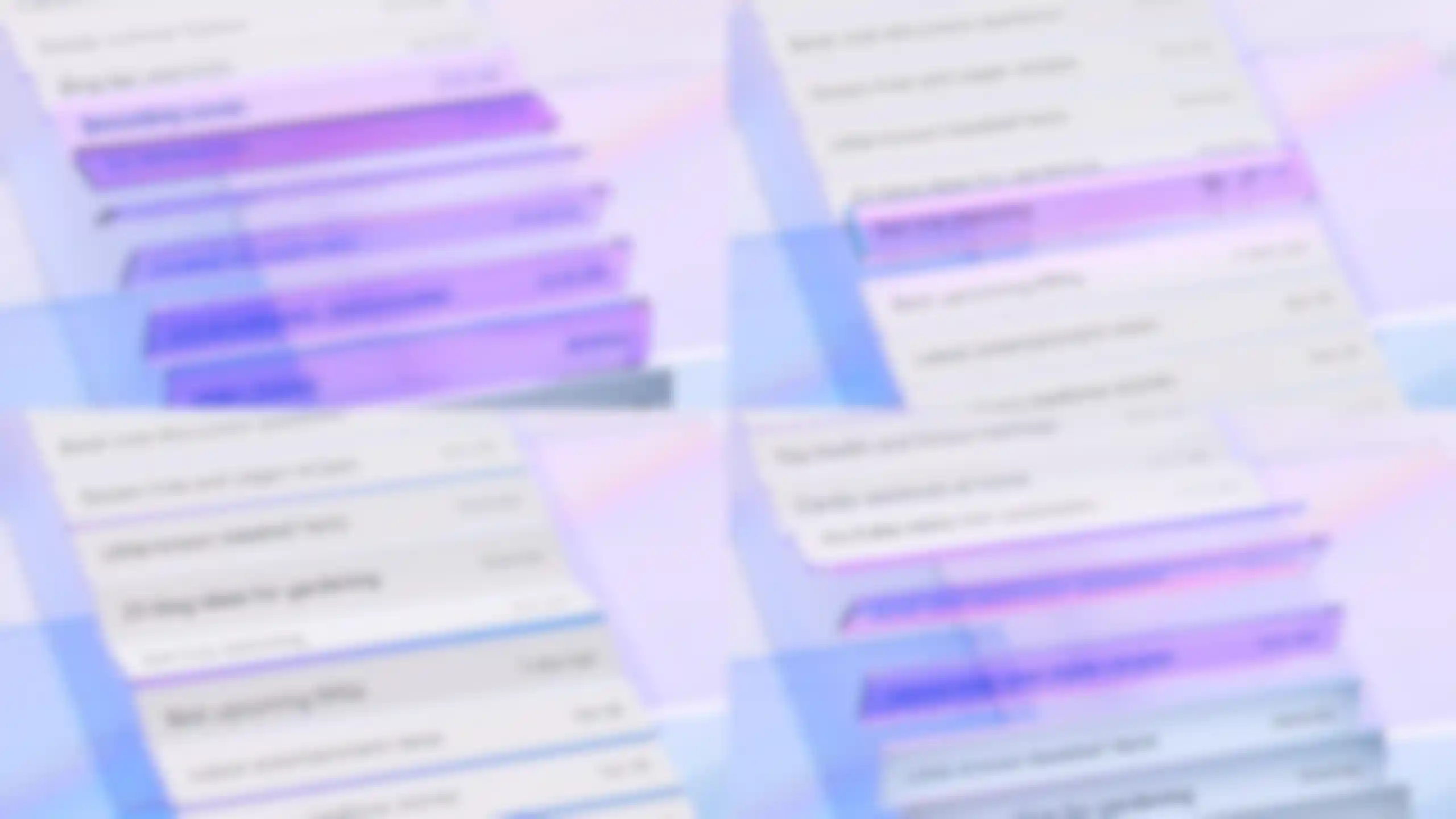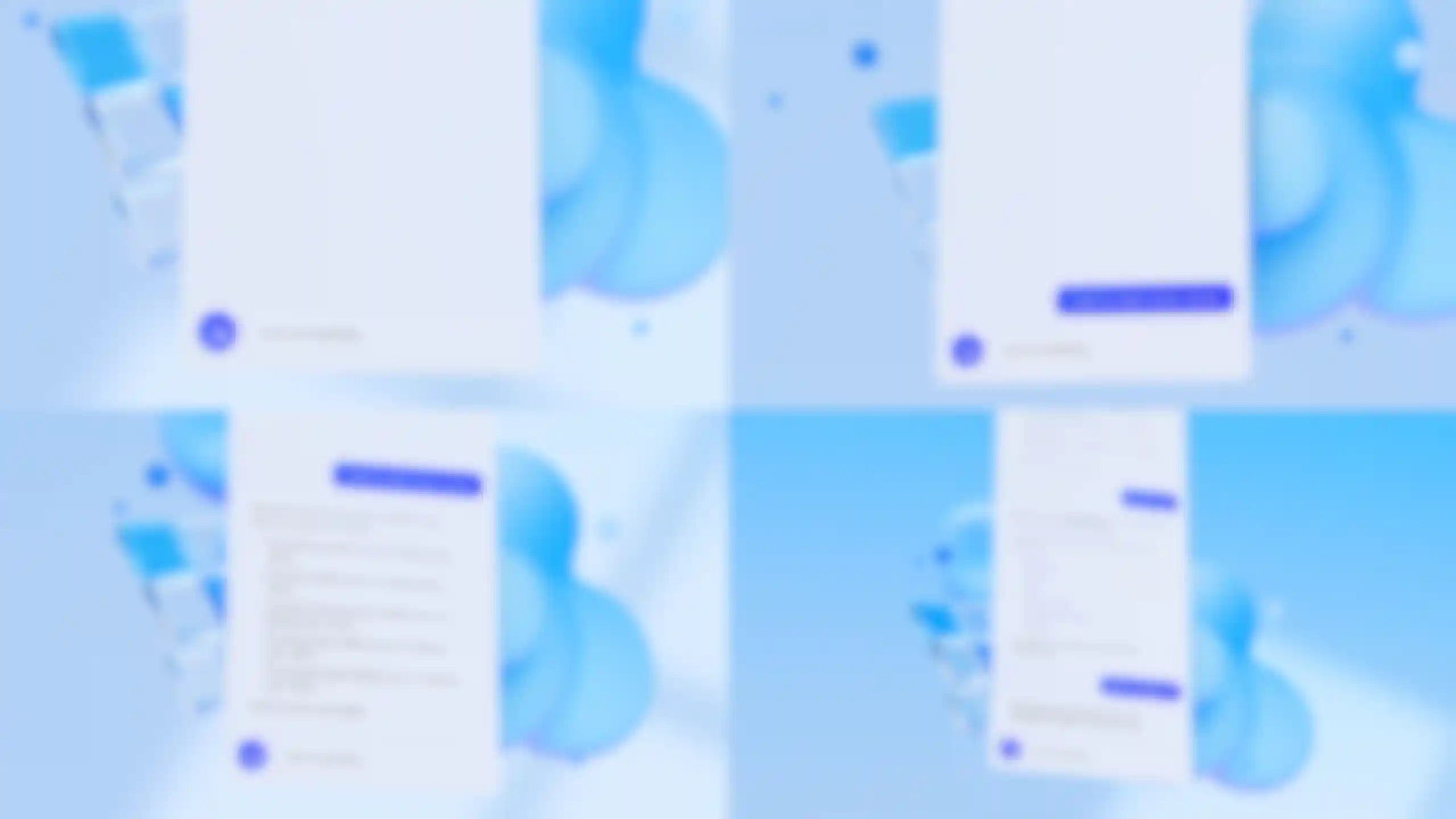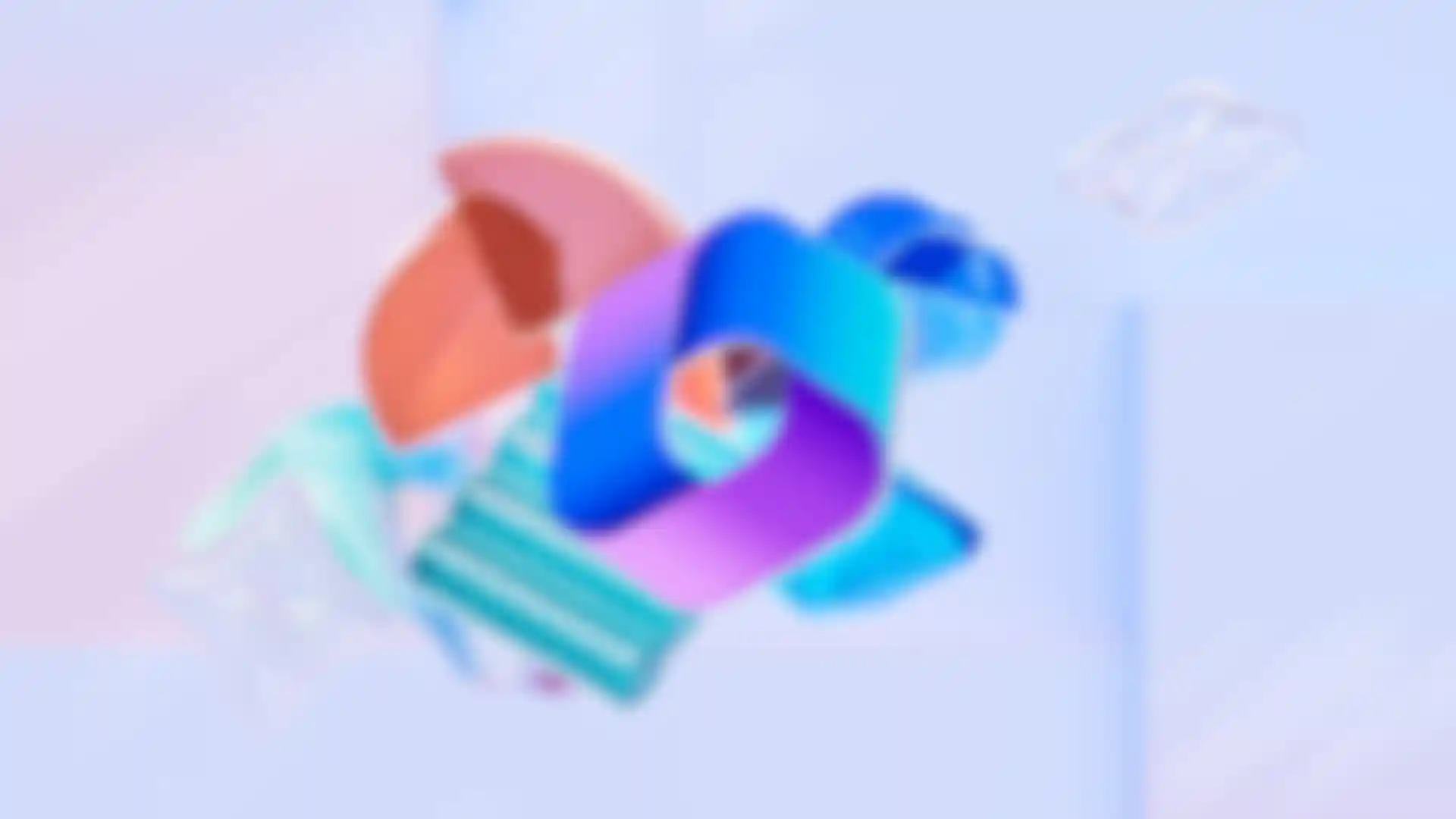
Rebranding Microsoft’s Bing Chat and Office 365 With Maxon One 3D artist Wes Cockx on bringing his trademark style to two outstanding launch campaigns.
When Microsoft was preparing to release the new Bing Chat and launch the Office 365 rebrand earlier this year, they asked New York-based Wes Cockx to tackle the promotional videos. Already an established Microsoft collaborator, Cockx brought his unique style to both projects. Bright, clean and colorful, his creative treatment was a perfect fit for both projects.
We talked with him about the creation of both projects, working with Microsoft and how he uses Cinema 4D and Redshift as part of his pipeline.
Tell us about your career path to becoming a 3D artist.
Cockx: I began my career as a graphic designer specializing in branding before finding my true calling as a 3D illustrator. After a pivotal freelance gig with Disney, I decided to dive into freelance full time. I wasn’t sure I was going to make it, but figured I could always find a new agency job if need be.
Fortunately, I have been very lucky and have never had to look back. I’ve gotten to work on cool projects with Microsoft, as well as Meta, Vans, Google and GoDaddy. It’s been quite a while now and I have been able to find my own style. I love my job.
Talk about your ongoing relationship with Microsoft.
Cockx: I recall having a conversation with one of the first art directors who hired me a few years ago. We didn't discuss a specific project at that time, but he expressed interest in working together when the right opportunity arose. This approach seems to be consistent with Microsoft's style as they tend to approach artists and agencies whose portfolios align with their existing aesthetic.
A few months later they reached out to me. I initially expected a smaller project but, to my surprise, they invited me to be involved with one of the largest projects I've ever undertaken for them — Fluent UI, a robust design system to assist developers in creating compelling products and experiences.
After that, more projects followed in the subsequent months, each unfolding naturally. The teams I worked with are varied, providing a diverse range of experiences. This marks my tenth project, with a few smaller ones and several more substantial undertakings.
The Bing Chat project had a very tight turnaround, right?
Cockx: Yes. When they approached me, it was approximately two and a half weeks before the actual Bing Chat launch date. The release schedule had unexpectedly moved up significantly, leaving them in need of a launch video right away. They presented me with the opportunity, saying: "We have this significant Bing chat launch video and we'd love for you to take it on. The challenge is, you'll need to deliver this within two weeks."
I contemplated the feasibility of the task and discussed the details with them. They were aware that for larger projects, I have my own team that I bring on as need be. Considering the tight timeframe, I could not have done the project without my team. We established a highly efficient workflow and while there was less room for experimentation, we drew ideas from my portfolio as reference points and built upon them.
Say more about your process, please.
Cockx: We needed to animate the entire user interface (UI) and user experience (UX) elements. Given the time constraints, we got approval for hardware renders instead of comprehensive ones, then combined those with fully textured static images. Those assets were sent to Microsoft for further progression.
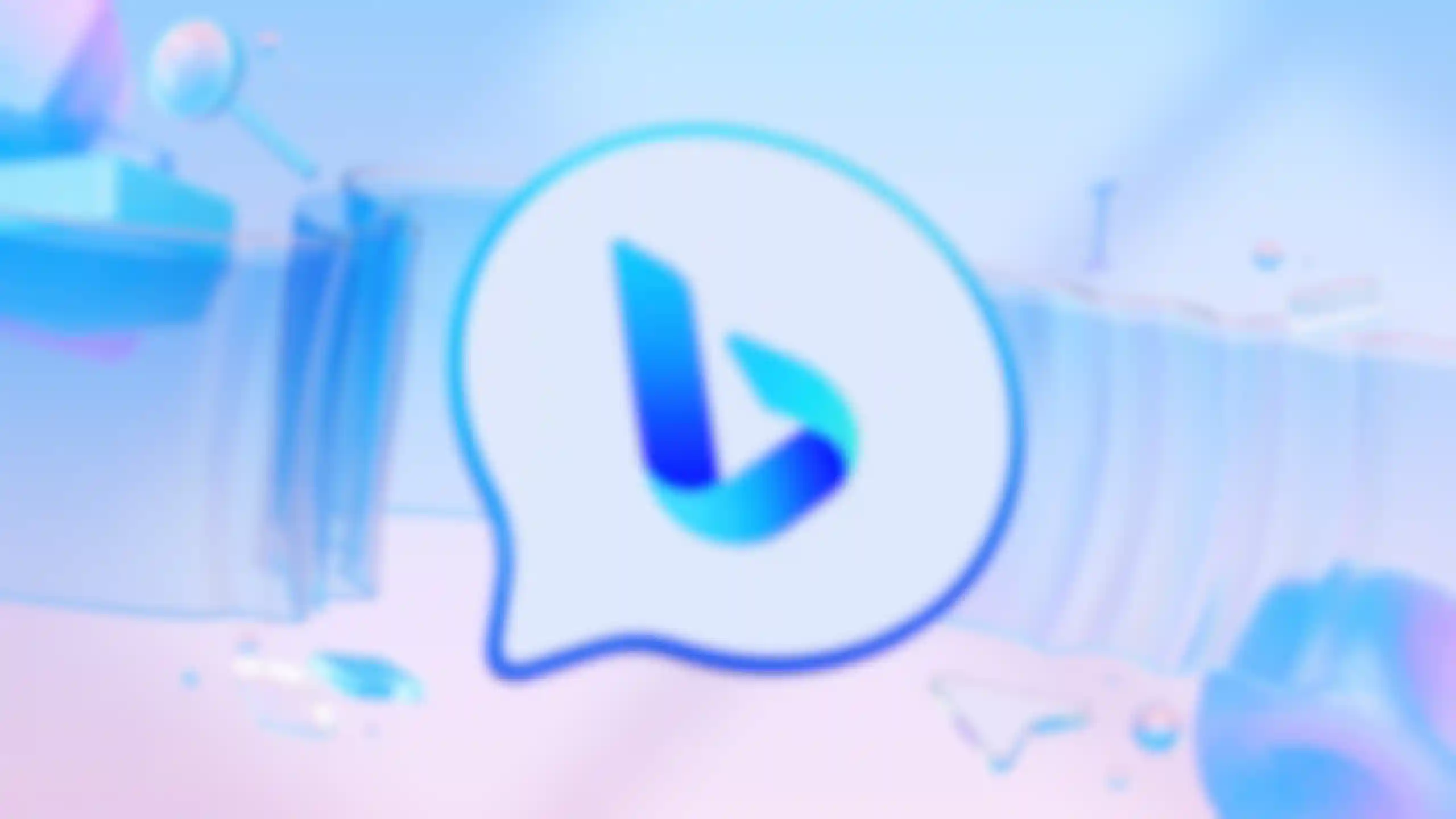
At Microsoft's end, their in-house team began the video editing process. The tight timeline required us to send the video to the sound studio for effects just 24 hours later. Not long before the final presentation, I had the opportunity to review the completed video, merely 10 to 12 hours prior to its public release.
This project demanded an intense two-week commitment, with all of us working virtually around the clock. The exhilaration of witnessing the project go live almost immediately was truly gratifying. About three weeks after the project's launch, there was a surreal feeling of reflection, questioning whether we had accomplished it. However, the fact that it's out there in the public eye speaks for itself.
Tells us about the Microsoft 365 rebrand.
Cockx: My two primary tools are Cinema 4D and Redshift. Of course, there are a few other indispensable ones, notably Photoshop, Substance and After Effects. The Microsoft 365 rebrand was focused on cloth simulations. I used to use Houdini for very specific tasks like that, but once Maxon updated the simulation system, I stopped using it because I can now do things within C4D just as efficiently.
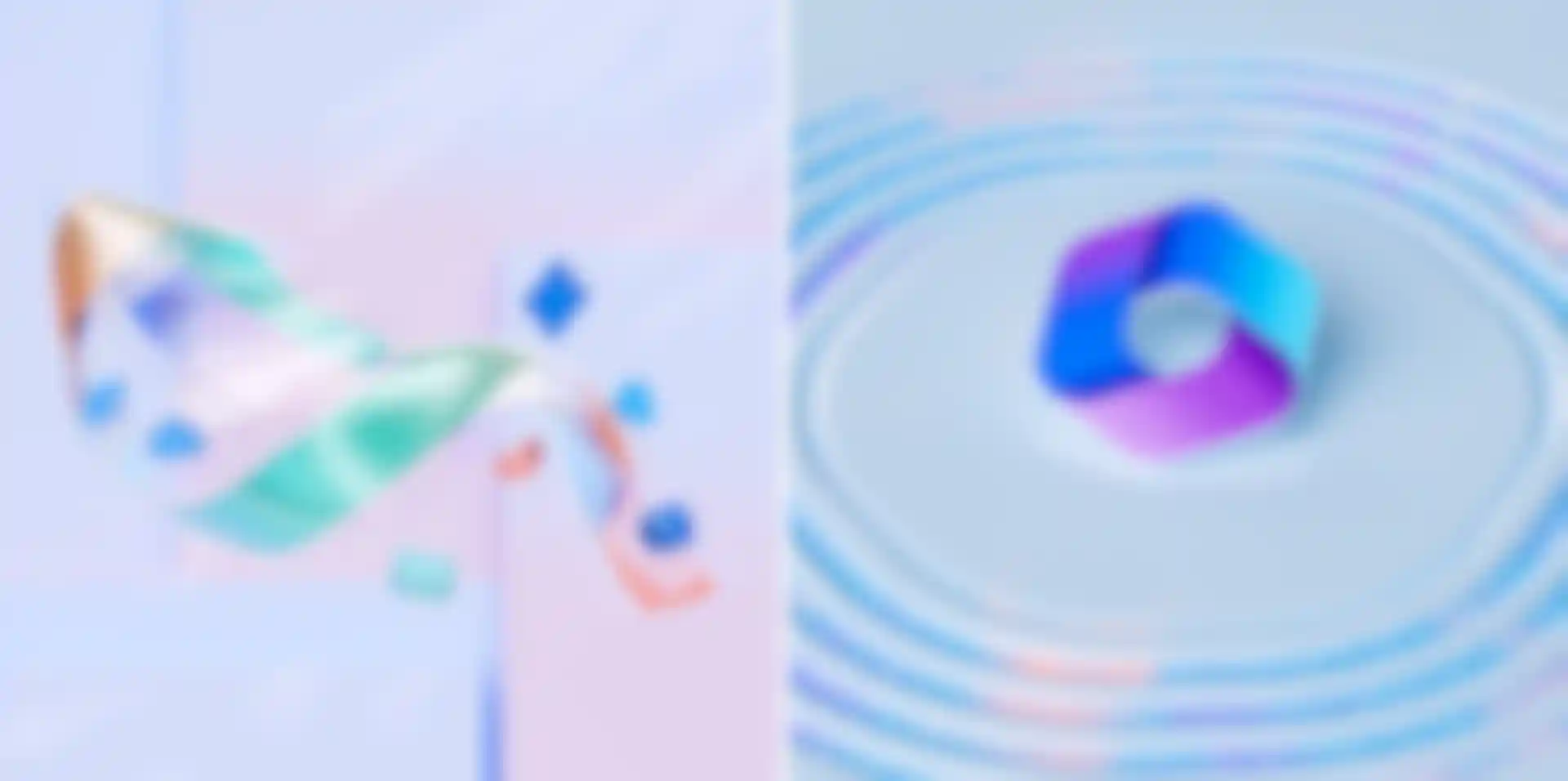
Have you standardized on Redshift for your rendering?
Cockx: I switched my pipeline to Redshift around four years ago and with the increased integration into Cinema 4D, I haven't even considered returning to my previous renderers. Specifically, the addition of Random Walk to subsurface scattering within Redshift marked a significant step forward for my work.
How do you find a balance between your style and brand requirements?

Cockx: Sometimes there are instances where I receive inquiries from clients that make me wonder why they approached me for a project because I wouldn't consider myself the right fit. This can happen with projects like character animation, or when the references are a full portfolio of another artist who I don’t want to replicate. It's interesting how, at times, these references might even be from people I know personally, even friends.
I find Microsoft’s approach refreshing. They never present me with big decks full of references from other artists and agencies. Their decks feature my own work as a starting point. While there might be some references outside the Microsoft context, they generally maintain an open attitude towards style, leaving room for me to experiment and contribute my own ideas.
Do you have any advice for 3D artists working to develop their own style?
Cockx: The key is to avoid overthinking. Allow your style to evolve naturally without undue pressure. Refrain from fixating on others' work and strive to uncover your unique approach. Some artists possess a clear vision from the outset, while for others, it takes time to develop. Authentic style can't be coerced, it emerges.
Maintaining curiosity is also vital. Continue learning and experimenting, even if initial attempts don't yield immediate success. People often comment on the final results on social media, but they're unaware of the folder filled with experiments that didn't work or appeared unimpressive. These files might linger on my hard drive, occasionally untouched for years. However, there are instances when I stumble upon something I previously attempted and failed at only to find that it suddenly makes sense and becomes a useful idea.
Lewis McGregor is a filmmaker and freelance writer from Wales.


